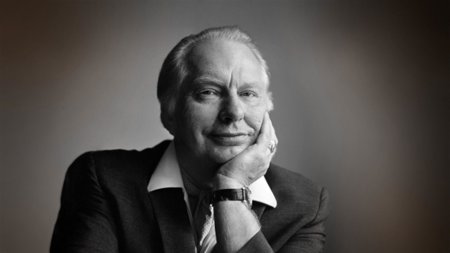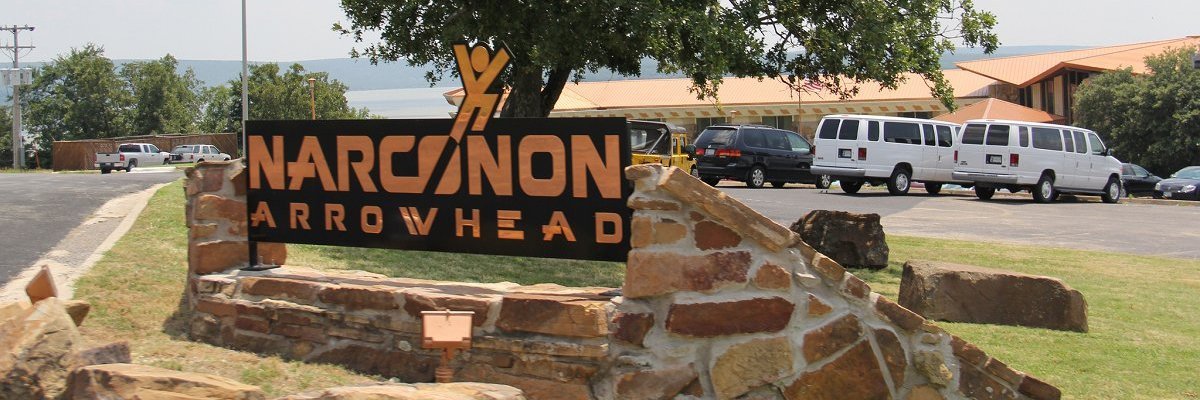Unveiling the Thetan: A Look into the Scientology Belief System
The Church of Scientology, founded by L. Ron Hubbard in the 1950s, is a controversial new religious movement with a complex and distinct set of beliefs. Scientology presents itself as a path to spiritual enlightenment and personal freedom, but its core tenets diverge significantly from mainstream religions. Let's delve into the depths of Scientology's belief system, exploring its central ideas and practices. The Immortal Thetan at the Core
The Immortal Thetan at the Core
Scientology emphasizes the existence of an immortal spiritual being called a thetan. This thetan is believed to be separate from the physical body and mind, having lived through countless past lives across various galaxies. These past lives, termed "engrams," are seen as a source of negative experiences and limitations in the present.The Reactive Mind and the Road to Clear
Scientology posits the existence of two minds: the analytical mind, responsible for conscious thought, and the reactive mind, a subconscious storehouse that accumulates negative experiences as engrams. These engrams are believed to be the root cause of human problems and suffering.
A central practice in Scientology is auditing, a form of counseling that utilizes an E-meter, a device that supposedly measures electrical fluctuations in the body. During an auditing session, a trained Scientologist (auditor) guides the participant to confront and release these engrams, with the goal of achieving a state of "Clear." A Clear is someone who is believed to be free of engrams and has regained their inherent spiritual abilities. The Bridge to Total Freedom (OT Levels)
The Bridge to Total Freedom (OT Levels)
Scientology presents a path to spiritual progress beyond "Clear" known as the Bridge to Total Freedom. This bridge consists of increasingly advanced levels (Operating Thetan or OT) that delve deeper into past lives, extraterrestrial experiences, and the thetan's true potential. These higher levels are significantly more expensive and involve practices considered by critics to be more extreme.
The Role of Dianetics
Dianetics, developed by Hubbard before Scientology, forms the foundation of many Scientology beliefs, particularly the concept of engrams and the reactive mind. While Dianetics was initially presented as a form of self-help therapy, it has become intertwined with Scientology's broader belief system.
Scientology's View of the Supreme Being
Scientology's stance on a Supreme Being is ambiguous. The church avoids prescribing a specific belief about God, allowing individual members to come to their own conclusions. However, some advanced Scientology scriptures mention a creator entity.
Controversy and Scrutiny
Scientology has been a subject of intense controversy since its inception. Critics allege the church is manipulative, financially exploitative, and employs coercive practices to retain members. Several high-profile defectors have also spoken out against the church's practices. Scientology vehemently denies these claims, asserting its commitment to religious freedom and individual betterment.
Beyond the Basics: A Look at Scientology's Broader Concepts
Scientology encompasses a vast array of beliefs and practices beyond the core tenets mentioned above. Some other key concepts include:
- Xenu: A galactic warlord mentioned in advanced Scientology scriptures who is believed to have caused much of the suffering experienced by thetans.
- The 8 Dynamics: Eight urges that are believed to motivate all life forms, from survival to the urge to create.

- Social Reform: Scientology promotes social reform initiatives such as the Narconon drug rehabilitation program and the Criminon prison reform program.
 Scientology in the 21st Century
Scientology in the 21st Century
The Church of Scientology remains a highly controversial organization. Its membership has declined in recent years, but it continues to attract celebrities and maintain a dedicated following. Understanding Scientology's core beliefs is crucial for navigating the complexities of this unique religious movement.




































